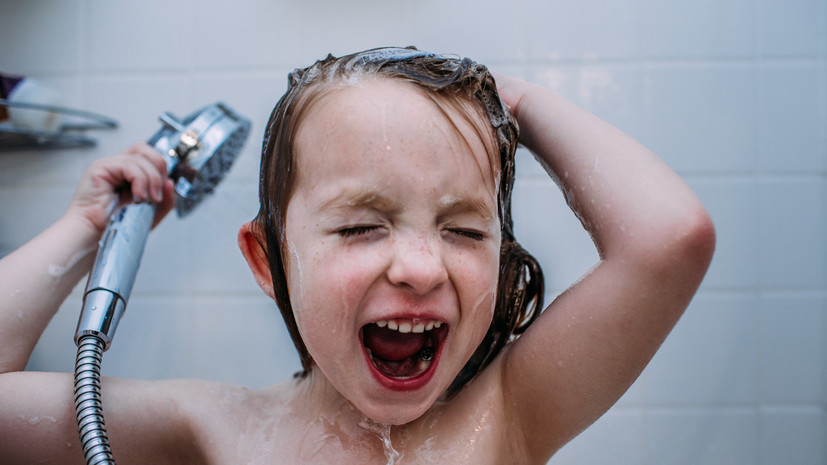According to Inna Shadrina, an expert at the NTI Competence Center “Bionic Engineering in Medicine”, an assistant at the Department of Hospital Pediatrics at the Institute of Pediatrics of Samara State Medical University, and the chief freelance specialist of the Samara Region Ministry of Health in providing medical care to minors in educational organizations, hardening procedures should last about 10-20 minutes.
“Contraindications are exacerbation of chronic diseases, acute diseases with fever, skin rashes. In children of the first year of life, hardening should be delayed during the period of active teething. Remember that if the child does not like the hardening, he cries and resists, then there will be no effect,” she added.
According to the doctor, it is advisable to start procedures in the summer, when the ambient temperature is about +22...+25 °C.
“It is better to carry out hardening procedures in the morning and evening hours so that the temperature is comfortable. When the period of adaptation to these procedures has passed, they can be extended for the off-season and winter period,” Shadrina emphasized.
The best effect on a child is through natural hardening: walks, outdoor games and outdoor sports, said Sergei Chudakov, co-director of the Preventive Medicine direction of the HealthNet market of the National Technology Initiative (NTI).
Swimming in an outdoor pool at the dacha can also be perceived as hardening, the expert explained.
“After three years, you can start taking a contrast shower. You should start with small intervals and gradually increase them. The period of cold water should be less than hot. For example, 1 minute of hot water, 10 seconds of cold water. But don’t forget about games and sports in the fresh air,” said the specialist.
At the same time, he added that each person has his own threshold of resistance to cold, so you should focus not on the temperature outside, but on body temperature, which naturally decreases after being in the cold.
“It should not fall below 35 °C. In this case, freezing is often local: hands, ears and nose will be colder than the rest of the body. If you are worried whether your child is cold during a walk, pay attention not only to how warm his hands and cheeks are, but also to how active he is and how clearly he speaks,” concluded Chudakov.
Earlier, neurologist Ekaterina Demyanovskaya, a medical expert at the Hemotest laboratory, explained in a conversation with RT why it is difficult to wake up in the morning in winter, as well as how twilight affects mood and well-being.

